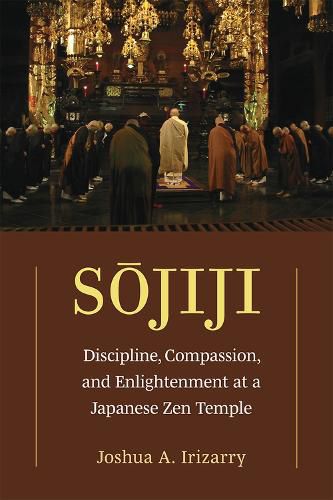Readings Newsletter
Become a Readings Member to make your shopping experience even easier.
Sign in or sign up for free!
You’re not far away from qualifying for FREE standard shipping within Australia
You’ve qualified for FREE standard shipping within Australia
The cart is loading…






Sojiji is one of the two head temples of Soto Zen, the largest sect of Japanese Buddhism. The temple is steeped in centuries of culture and tradition, but it is very much rooted in the present and future, performing functions and catering to needs that reflect the changing demographic, social, and religious landscapes of contemporary Japan.
Based on more than fifteen years of fieldwork, interviews, and archival research, Sojiji: Discipline, Compassion, and Enlightenment at a Japanese Zen Temple immerses the reader in the lives and experiences of the different groups that comprise Sojiji’s contemporary religious community. Through clear and accessible prose, ethnographically-grounded analysis, and emotionally compelling stories, the reader will explore the rich pastiche of daily life and ritual activity at a major Japanese Zen temple in institutional, historical, and social context through the lived practices of its community of clergy, practitioners, parishioners, and visitors.
$9.00 standard shipping within Australia
FREE standard shipping within Australia for orders over $100.00
Express & International shipping calculated at checkout
Sojiji is one of the two head temples of Soto Zen, the largest sect of Japanese Buddhism. The temple is steeped in centuries of culture and tradition, but it is very much rooted in the present and future, performing functions and catering to needs that reflect the changing demographic, social, and religious landscapes of contemporary Japan.
Based on more than fifteen years of fieldwork, interviews, and archival research, Sojiji: Discipline, Compassion, and Enlightenment at a Japanese Zen Temple immerses the reader in the lives and experiences of the different groups that comprise Sojiji’s contemporary religious community. Through clear and accessible prose, ethnographically-grounded analysis, and emotionally compelling stories, the reader will explore the rich pastiche of daily life and ritual activity at a major Japanese Zen temple in institutional, historical, and social context through the lived practices of its community of clergy, practitioners, parishioners, and visitors.